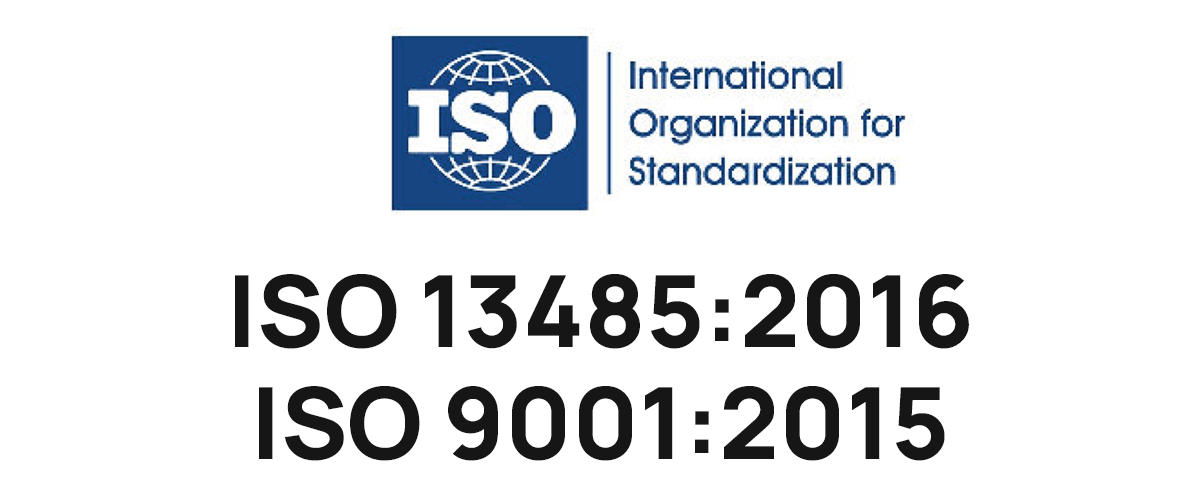In today’s digital landscape, cloud computing has become the backbone of many organizations, providing scalability, flexibility, and cost-efficiency. As more businesses migrate their applications and systems to the cloud, ensuring optimal performance becomes crucial. This is where performance testing in cloud environments plays a vital role. In this article, we will explore the challenges faced in performance testing in cloud environments and discuss possible solutions to overcome them.

The Growing Significance of Performance Testing in Cloud Environments
According to a report by Statista, the global cloud computing market is expected to reach $623.3 billion by 2023, indicating the rapid adoption of cloud technology across industries. As businesses rely heavily on the cloud to deliver their services, performance issues can lead to customer dissatisfaction, revenue loss, and damage to the brand’s reputation.


Challenges in Performance Testing in Cloud Environments
Scalability and Elasticity
One of the key advantages of cloud computing is its ability to scale resources up or down based on demand. However, this scalability introduces challenges in performance testing. Traditional performance testing tools and methodologies may not be sufficient to handle the dynamic nature of cloud environments.
According to a study conducted by Forrester Research, “Scalability and elasticity are the top challenges faced by organizations when it comes to performance testing in the cloud.”
Multi-Tenancy
Cloud environments are often shared among multiple tenants, leading to resource contention. In this scenario, performance testing needs to simulate realistic conditions where the application is competing for resources with other tenants, ensuring that the application can perform optimally even under high load.
As stated by Gartner, “Performance testing in multi-tenant cloud environments requires careful planning and execution to accurately simulate real-world scenarios.”
Geographical Distribution
Cloud environments enable businesses to reach a global audience by deploying their applications in data centers located across different regions. However, this geographical distribution introduces latency and network-related challenges when conducting performance testing. It is crucial to consider the impact of network latency on application performance and simulate real-world network conditions during testing.
A study by Accenture emphasizes the importance of considering network latency, stating that “Performance testing in cloud environments should include testing under different network conditions to ensure optimal performance across geographically distributed users.”
Security and Compliance
Security is a major concern for businesses when it comes to cloud adoption. Performance testing in cloud environments must address security and compliance requirements to ensure that sensitive data and critical systems are adequately protected. This includes testing for vulnerabilities, data encryption, access controls, and compliance with industry regulations.
According to a report by Deloitte, “Performance testing in the cloud should encompass security testing to identify any potential vulnerabilities and ensure compliance with data protection regulations.”


Solutions for Overcoming Performance Testing Challenges in Cloud Environments
Embrace Cloud-Native Performance Testing Tools
Traditional performance testing tools may not be well-suited for cloud environments. It is essential to leverage cloud-native performance testing tools that can handle the dynamic nature of the cloud, scale resources on-demand, and provide real-time insights into application performance.
As suggested by TechTarget, “Using cloud-native performance testing tools can help organizations overcome scalability and elasticity challenges in performance testing.”
Implement Performance Testing as Code
Adopting a performance testing as code approach can facilitate the automation and repeatability of performance tests in cloud environments. By treating performance tests as code artifacts, organizations can integrate them into their continuous integration and delivery pipelines, enabling early detection of performance issues and faster feedback loops.
According to a whitepaper published by Infosys, “Implementing performance testing as code enables organizations to achieve continuous performance testing and faster time-to-market.”
Leverage Cloud-Based Load Testing Services
Cloud-based load testing services offer the advantage of simulating realistic load scenarios, including geographical distribution and multi-tenancy, without the need for extensive infrastructure setup. These services provide on-demand scalability, enabling organizations to test application performance under various load conditions.
As noted by InfoWorld, “Leveraging cloud-based load testing services can help overcome challenges related to multi-tenancy and geographical distribution in performance testing.”
Collaborate with Cloud Service Providers
Cloud service providers play a crucial role in performance testing in cloud environments. Collaborating with cloud service providers can provide valuable insights and guidance on performance testing best practices specific to their platforms. They can also offer support in optimizing application performance by fine-tuning the cloud infrastructure.
According to a report by IDC, “Collaborating with cloud service providers can help organizations address scalability, security, and compliance challenges in performance testing.”


Conclusion
Performance testing in cloud environments is essential for ensuring optimal application performance, scalability, and reliability. By understanding and addressing the challenges associated with performance testing in the cloud, organizations can mitigate risks, deliver high-quality user experiences, and stay ahead in today’s competitive landscape. Embracing cloud-native tools, implementing performance testing as code, leveraging cloud-based load testing services, and collaborating with cloud service providers are key strategies to overcome these challenges and achieve successful performance testing in cloud environments.
Sources:
- Statista: Global cloud computing market size
- Forrester Research: Performance testing in the cloud challenges
- Gartner: Multi-tenancy performance testing
- Accenture: Performance testing considerations for cloud environments
- Deloitte: Performance testing in the cloud security and compliance
- TechTarget: Cloud-native performance testing tools
- Infosys: Performance testing as code
- InfoWorld: Cloud-based load testing services
- IDC: Collaborating with cloud service providers





















